Late Roman Copper Coins From South India: Karur and Madurai
The find of the Roman Imperial silver (denarii) and gold (aurei) coins in South India in large quantities frequently, caused by a favourable balance of trade, is a well-known phenomenon, and so is now, though in a much smaller quantity of the later Byzantine specie termed solidi. These coins have naturally received considerable attention from numismatists and economic historians. However, such is not the case with Byzantine coppers which were discovered in a large quantity, though not as large as early silver and gold, and have been known now for over a century. They were known to have a concentration at Karur in Tiruchirapalli district and the city of Madurai in Tamilnadu and received a miniscule attention from scholars like R.H.C. Tufnell and Robert Sewell. R. Krishnamurthy, a serious numismatist by hobby, has for the first time, devoted a detailed monograph to them. Beginning with the historical introduction outlining the foundation of the Byzantine empire under Constantine to its division into eastern and western parts and final eclipse towards the close of the fifth century AD and a brief gist of the Tamil Sangam and numismatic and classical evidence for Indo-Roman trade during the Roman imperial period up to early third century AD, the work attempts a careful study of the Byzantine copper (or bronze) coins found in the river bed of the Amaravati at Karur and of the Vaigai near the city of Madurai. A comparison with the finds in the adjoining Srilanka is also attempted. The author is one with Tufnel and Sewell in holding, rightly of course, that the coins found in quantities vouch for the presence at one time at Madurai or in its proximity of a commercial settlement of the Roman traders and that these coins must have been used as small change in daily transactions and were dropped carelessly or otherwise lost by the inhabitants of the place to be recovered in modem times. The same was the case in Srilanka and in the region around Karur. In Ceylon in particular local copies of these coins are indicative of their great popularity and use as a legal tender and demand for them. The statistical analysis of the coin-finds in both Karur-Mudurai region of India and Srilanka, as pointed out rightly by Krishmamurthy points to the comparatively greater incidence of trade with Rome during the period 385-408 AD to which are datable a larger number than those of the preceding (335-383 AD) and the following (408-474 AD) periods taken together. The profusion of these coins at Karur-Maduri, it has been suggested, is due to their use as common coins as the Kalabhras who ruled during this period are as of now not known to have issued enough coins. The author rightly points out that the find of coppers in such a large number may be taken as indicative of Indo-Roman trade in small items as against the earlier period when costlier goods were exported to the Roman empire as suggested by the discovery of a huge quantity of the Imperial Roman denarii and aurei. The coins are much worn due to the passage of a long time and circulation and it is often difficult to identify the issuers. But the indefatigable author, undaunted by this difficulty, has been able to restore mints and mint-marks, portraits and legend and types with the help of what could be seen on them and by comparing the same with those known from already known coins and has provided detailed accounts of coin-types reignwise The chapters have been profusely illustrated by line-drawings and by half-tone photographs of all the coins described, literally a few hundred. The first two appendices provide a tabular view of the chronology and geneology of important Byzantine emperors and a typewise distribution of all the coins from Karur (583) and Madurai (109) and the third metallographical investigations on seventeen Byzantine coppers showing a variety of alloys, copper being, of course predominant in most. The metallographic analysis is illustrated by four colour plates. The work ends with a glossary, bibliography and index. The whole work is printed in crown size art paper and the production is simply excellent. We are happy to commend it for all serious students of early Indian economic history, Indo-Roman contacts and Roman corns though we feel that the number of illustration, 692 in all could have been substantially reduced without hampering the value of the monograph and corresponding decrease in the price.
Get it now and save 10%
BECOME A MEMBER

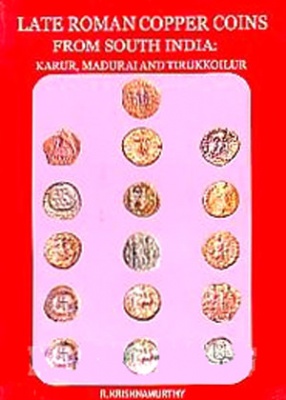

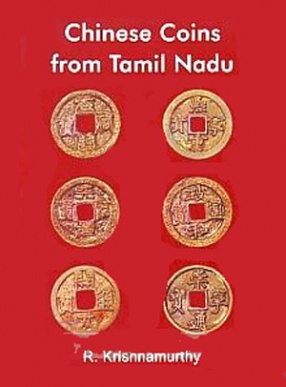
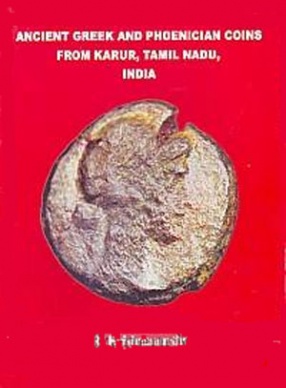
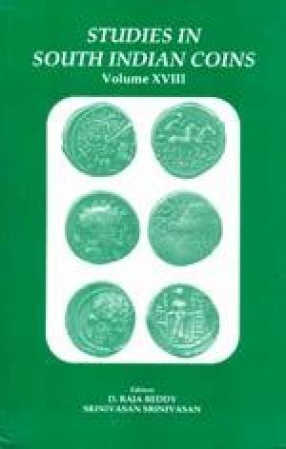
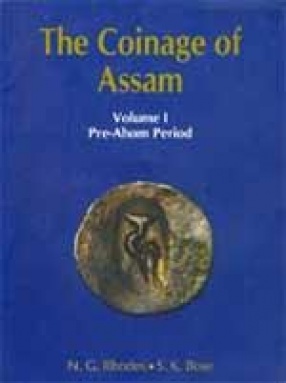
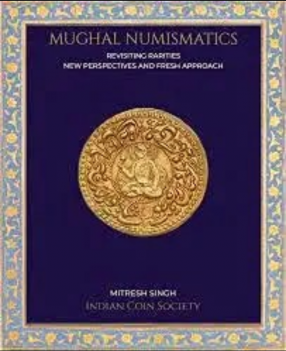
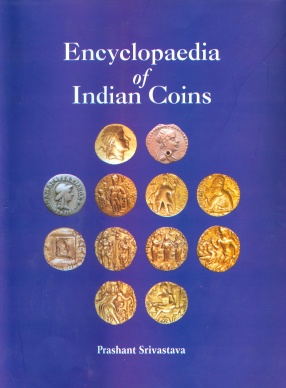

Bibliographic information